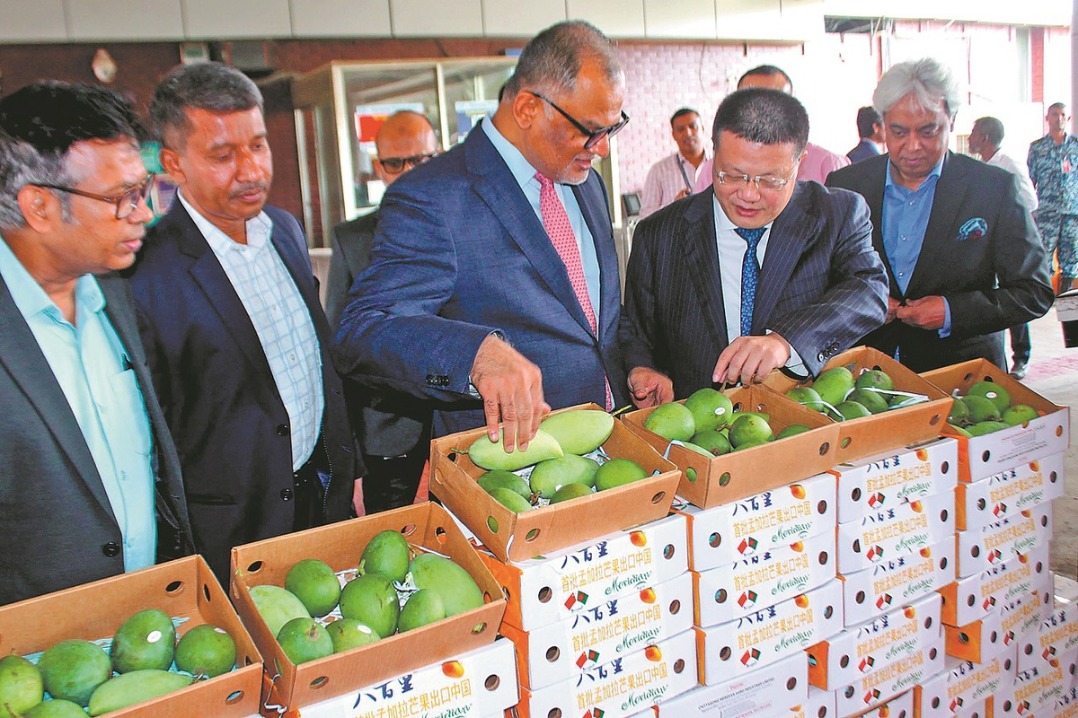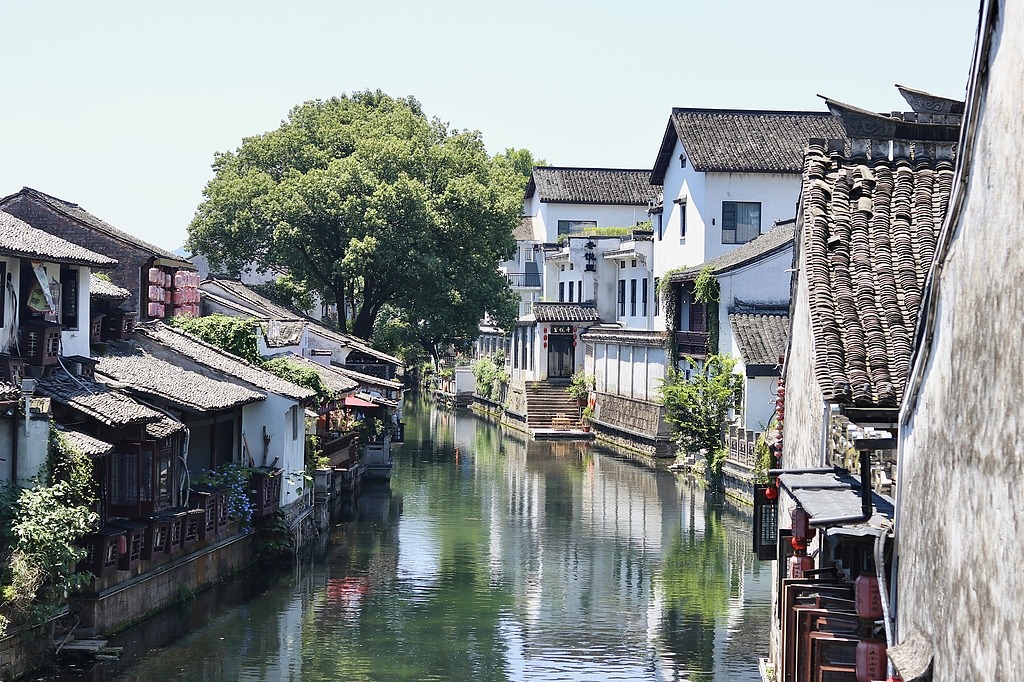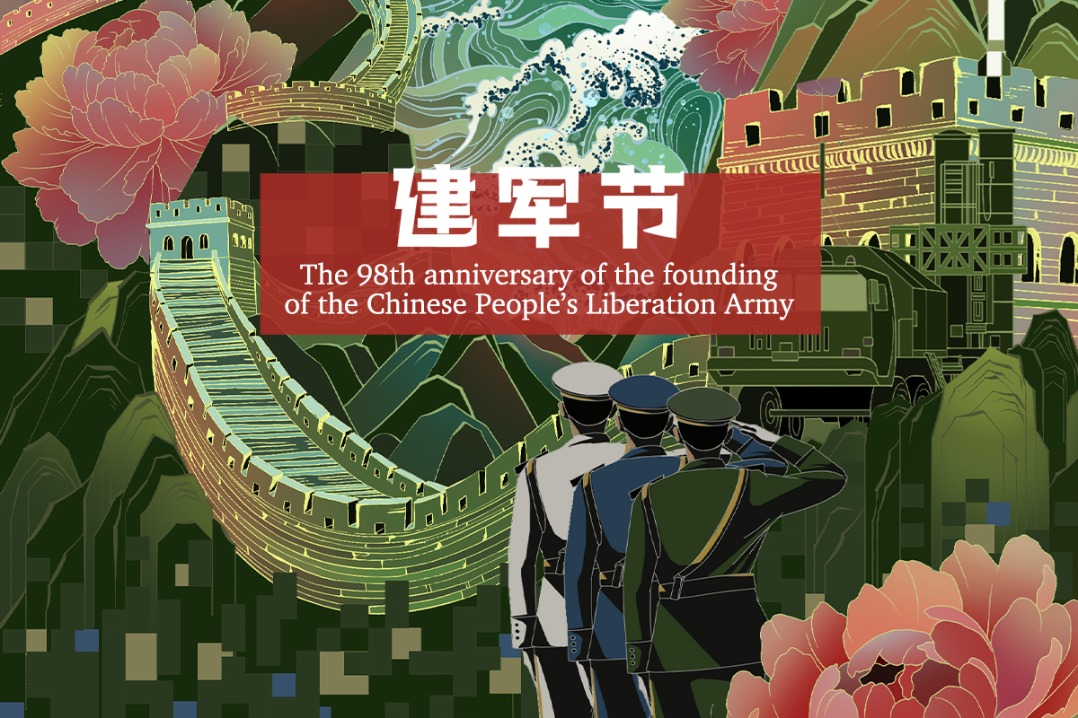Initiative set for bigger development role

China aims to integrate funding resources, bridge state and market interests, and operate independently of government subsidies
After making significant headway in the past four years, the Belt and Road Initiative has entered the implementation stage and was even cited as a priority for further opening up the Chinese economy at the recent 19th National Congress of the Communist Party of China. We (Standard Chartered China) identify five reasons to be positive about the initiative.
To begin with, policy connectivity has been enhanced. Belt and Road projects are being coordinated with initiatives across economies including the Eurasian Economic Union, the Master Plan on ASEAN Connectivity, the Investment Plan for Europe, Turkey's Middle Corridor initiative, Kazakhstan's Bright Road and Vietnam's Two Corridors, One Economic Circle. Supported by more than 100 countries and international organizations, the Belt and Road Initiative is expanding its coverage to more countries in Europe, Africa, Latin America and Oceania. And the Belt and Road Forum for International Cooperation, held in Beijing in May, has consolidated policy coordination on cross-regional cooperation for the initiative.

Trade between China and the economies involved in the Belt and Road Initiative has been robust, exceeding $3 trillion (2.54 trillion euros; £2.27 trillion) between 2014 and 2016. The momentum has continued this year, with China's total trade with 64 economies involved in the initiative in the first half reaching $512.2 billion, up by 13 percent year-on-year.
Trade facilitation, too, has improved. The Chinese government has signed cooperation agreements with more than 40 countries and international organizations involved in the initiative, and expanded free-trade agreements with countries in Europe and Asia. And it is trying to develop more pilot free trade zones and explore the opening of free trade ports.
In addition, investment cooperation has deepened along the Silk Road Economic Belt and the 21st Century Maritime Silk Road. The stock of China's overseas direct investment in the economies involved in the initiative reached $14.5 billion last year. The value of newly signed contracts between China and such economies increased by 36 percent to $126 billion last year, and the value of completed projects grew by 9.7 percent to $76 billion.
With China's cross-border capital flows now more balanced and exchange rate expectations anchored, we expect the authorities to ease some restrictions on capital account transactions next year to increase China's direct investment in such economies in 2017-18.
Infrastructure connectivity has also improved, with a cross-regional network of railway, port and pipeline projects taking shape. Key projects under the initiative are progressing well, and the China-Europe Railway Express has operated about 4,000 trains, covering 27 cities in 21 Chinese provinces and 29 cities in 11 European countries as of June.
According to the Asian Development Bank's estimate, developing Asia will require about $26 trillion in infrastructure investment by 2030. And the Belt and Road Initiative aims to build a large percentage of the infrastructure needed to improve connectivity and efficiency.
So far, 20 percent of the initiative's invested project value has been in power and 19 percent in railways, followed by roads, pipelines and other infrastructure areas. We estimate that China's stock of outward investment in initiative-related countries will reach $300 billion by 2030, more than double the current level.
Multiple tiers of financial institutions are involved in Belt and Road funding, including the World Bank and the Asian Infrastructure Investment Bank. The AIIB has approved $2.8 billion for 17 projects, and the Silk Road Fund has concluded contracts for 15 such projects. China's policy banks are leading project financing for domestic companies participating in the initiative. By the end of last year, China Development Bank had about $112 billion in outstanding loans, and the Export-Import Bank of China has extended about $90 billion in loans to such projects. And we expect "development financing" and commercial banks to play an increasing role in meeting the financing needs of such projects.
The Chinese government is promoting "development financing" as a way to integrate funding resources, bridge state and market interests, and operate independently of government subsidies.
The initiative has also created an opportunity for commercial banks to leverage their expertise and global networks and provide comprehensive cross-border financial services to clients.
The author is an economist at Standard Chartered China.
(China Daily Africa Weekly 12/01/2017 page10)
Today's Top News
- China sees growth in number of tourist trips and spending in the first half
- Xi, Nepalese president exchange congratulations on 70th anniversary of ties
- Relief efforts intensified as rain death toll mounts
- Cultural insight helps chart path to urbanization
- People's war principle drives PLA development
- SCO summit poised for fruitful outcomes






























